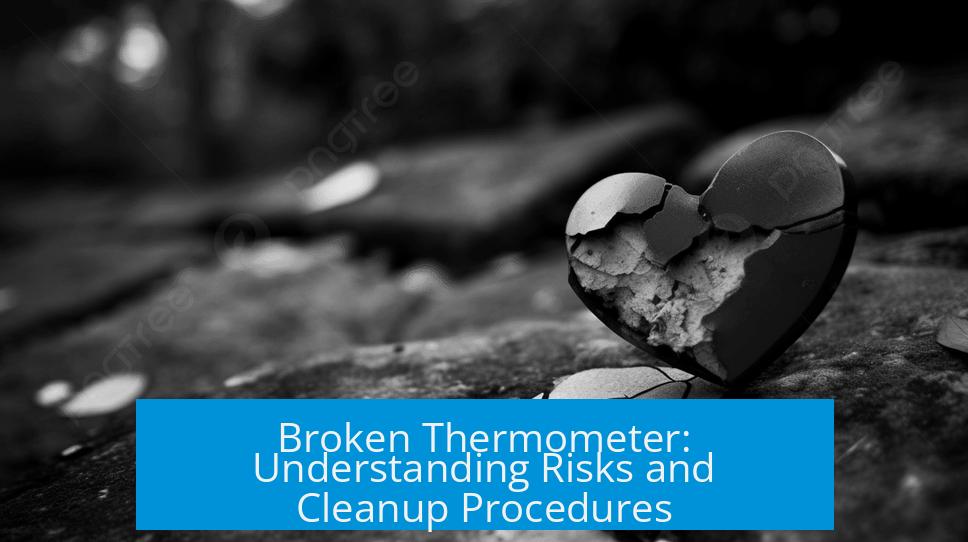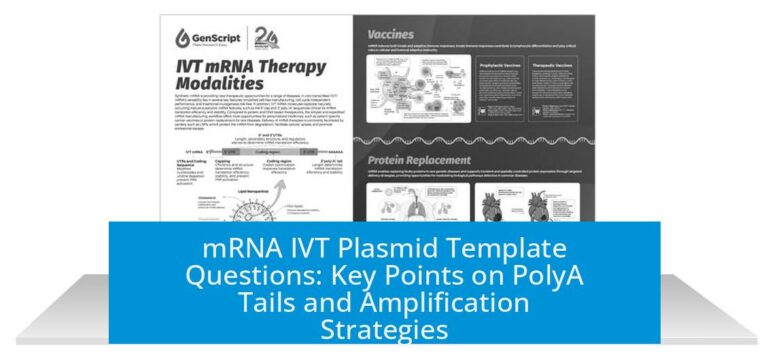A broken mercury thermometer generally poses minimal immediate health risk provided proper cleanup steps are taken promptly. The small amount of elemental mercury it contains vaporizes slowly at room temperature and exhibits low bioavailability. Most concerns stem from prolonged vapor exposure or contact with mercury compounds rather than incidental contact with spilled metallic mercury. Modern thermometers often do not use mercury, further reducing risk.
Understanding Mercury in Broken Thermometers

Mercury in household thermometers exists as elemental metallic mercury, a dense, silvery liquid at room temperature. Typically, a mercury thermometer holds about 0.5 mL of mercury, roughly equivalent to 7 grams. This quantity is small and contained within thin glass tubing, which poses risk only if broken, releasing mercury droplets.
Elemental mercury differs significantly in toxicity from mercury compounds, such as methylmercury, which bioaccumulates in seafood. The metallic form has low solubility in water and low absorption by the digestive system, limiting its harm when swallowed. Mercury vapor inhalation, rather than skin contact, is the principal concern.
Elemental Mercury Toxicity
- Metallic mercury is poorly absorbed through skin or the gut.
- Mercury vapor is rapidly absorbed via the lungs and poses inhalation risks.
- Low vapor pressure means evaporation occurs slowly at room temperature.
- Chronic, high-level exposure to mercury vapor can cause neurological and renal damage.
Given the small quantity in a thermometer and the slow evaporation rate, immediate health risks from a broken thermometer spill are minimal.
Health Risks After a Thermometer Breaks
After shattering a mercury thermometer, droplets of shiny mercury bead on surfaces. This elemental mercury can emit vapors, but the volume released in typical household cases is too small to pose acute poisoning risks.
Cases of mercury vapor poisoning usually involve large industrial spills or heating of mercury, which enhance vapor concentration dramatically. In households, accumulating mercury vapor typically cannot reach toxic levels if the room is ventilated.
Exposure Pathways
| Exposure Route | Risk Level | Notes |
|---|---|---|
| Inhalation of vapor | Moderate to high if prolonged and concentrated | Primary route of mercury absorption |
| Skin contact | Low | Elemental mercury poorly absorbed |
| Ingestion | Low | Little gastrointestinal absorption |
Chronic Exposure Considerations
Exposure effects generally accumulate over months to years. Household exposures after thermometer breaks rarely reach these levels. Symptoms develop slowly, and short-term contact after spills is unlikely to cause significant harm.
Cleanup Procedures and Precautions
Proper cleanup is essential to minimize mercury vapor release. Immediate removal of mercury beads and small droplets helps reduce vapor generation.
Step-by-Step Cleanup Guide
- Ventilate the Area: Open windows and doors for several hours.
- Protect Yourself: Wear gloves to avoid direct skin contact.
- Collect Mercury Beads: Use cardboard or sticky tape to gather droplets carefully.
- Apply Sulfur Powder: Sprinkle powdered sulfur over any residual mercury. Sulfur chemically binds mercury, reducing vapor emission.
- Dispose Properly: Place collected mercury and contaminated materials in sealed containers. Follow local hazardous waste guidelines.
- Seal Floors: On porous or hardwood floors, apply a coat of wax after cleanup to trap any mercury residue in cracks.
Avoid vacuuming mercury spill areas as vacuum cleaners disperse vapors and fine mercury particles. Also, avoid using brooms or brushes that spread mercury droplets.
When to Seek Professional Help
If mercury contaminates inaccessible spaces like cracks or behind walls, or if large quantities are spilled, professional hazardous material cleanup is advisable. Poison control centers can provide guidance for significant exposure scenarios.
Mercury Vapor Behavior and Toxicity Limits
Mercury vapor pressure at room temperature is low, so vaporization from small spills is slow. However, vapor can accumulate in poorly ventilated spaces over time.
The US Occupational Safety and Health Administration (OSHA) sets vapor exposure limits at 0.01 mg/m3 for continuous exposure. A broken thermometer spill might briefly exceed this in a small, unventilated room but ventilation quickly reduces vapor concentrations.
Even if some mercury remains after cleanup, consistent ventilation and sealing surfaces can reduce any vapor risks to negligible levels. Brief exposure in typical break scenarios does not approach toxic thresholds.
Modern Alternatives to Mercury Thermometers
Since roughly 2001, many thermometers use alternatives to elemental mercury, such as indium-gallium alloys or colored alcohol-based liquids. These alternatives pose no mercury risks and are generally considered safe.
Before assuming a hazard, it is important to verify if the broken thermometer contained mercury at all. Household glass thermometers from recent decades often do not contain mercury.
Types of Common Thermometers
- Mercury glass thermometers: Contain elemental mercury; phased out in many countries.
- Alcohol-based glass thermometers: Colored alcohol with no toxic mercury.
- Digital thermometers: Electronic sensors with no liquid mercury.
- Indium-gallium alloys: Non-toxic liquid metal substitutes.
Comparisons to Other Mercury Exposure Sources
Dietary intake of methylmercury from seafood such as tuna often contributes more mercury exposure than a broken thermometer. Unlike metallic mercury, methylmercury strongly bioaccumulates and poses greater health concerns.
Pregnant women and children are advised to limit particular seafood consumption to reduce methylmercury exposure, not because of elemental mercury spills in homes.
Summary of Recommendations and Key Points
- A broken mercury thermometer contains a small amount of elemental mercury that evaporates slowly.
- Short-term exposure to spilled mercury droplets is unlikely to cause health problems.
- The main risk comes from inhaling mercury vapor over extended periods, which is rare in home spills.
- Immediate cleanup using gloves and tools, plus sulfur powder application, minimizes vapor release.
- Ventilate the area thoroughly for hours or days to reduce vapor concentration.
- Modern thermometers often do not contain mercury and pose less concern.
- Seek professional cleanup advice if spill is large, extensive, or inaccessible.
- Mercury exposure from fish consumption generally exceeds that from thermometer breaks.
Is a broken mercury thermometer dangerous right away?
No, immediate danger is unlikely. The small amount of mercury in a thermometer has low bioavailability unless vaporized or absorbed over time.
How should I clean up a mercury spill safely?
Use sulfur powder to bind mercury, then carefully wipe it with paper towels. Ventilate the room for 24-48 hours. If on wood, sealing the area with wax helps reduce evaporation.
Can mercury vapor from a broken thermometer harm me?
Mercury vapor is bioavailable, but the amount from a typical thermometer is very low. Prolonged exposure in enclosed spaces may pose a risk, so airing out the room is important.
Are modern thermometers still toxic if broken?
Most modern thermometers use safe alloys or alcohol-based liquids instead of mercury, so breaking them usually isn’t harmful.
Should I worry about mercury if I live in a home with a broken thermometer spill?
After reasonable cleanup, leftover mercury rarely harms people. Keep rooms ventilated and monitor if pets are present. For long-term concerns, contact hazmat experts.





Leave a Comment